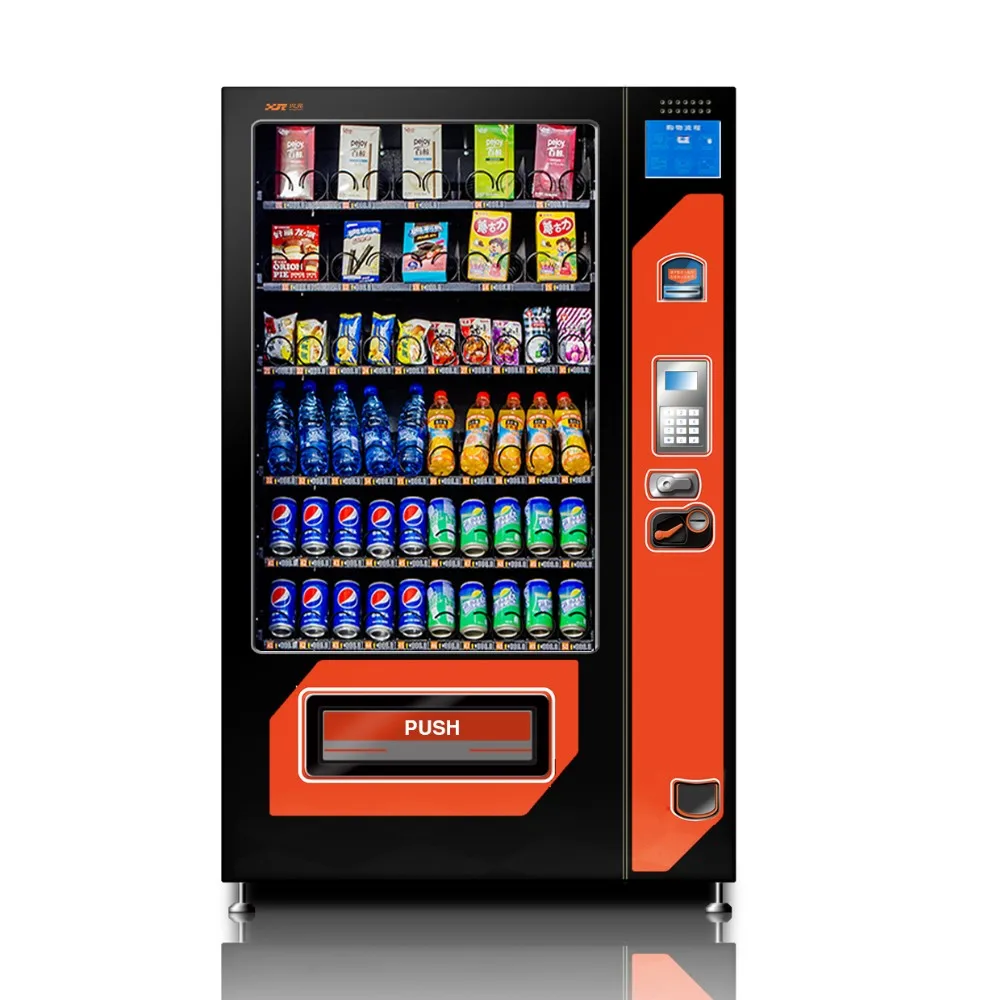The lift system description
There are several lifts in the building.
Call a lift
To call lift, a passenger have to use the control panel (Pic1) which is located on every floor.
There are can be single or multiple panels per floor.
To request a lift just enter the destination floor number (Pic2). E.g. 12.
Then the lift system will show which lift is going to deliver you to the required floor (Pic3).
Here lift B which is at right of this panel.
After short pause, the panel is cleared and is ready for next request.
There is a limitation on the weight of passengers in a cabin.
For simplification, lets suppose each cabin can contains no more than 5 passengers.
If there are more passengers waiting the same lift, then the rest have to call lift again.
Lift cabin
Inside the lift cabin there is no any control to point floor.
Just indicator with the 2 next stops (Pic4). Here the neares stop is floor 9, and the next is floor 15.
Lift cannot make a stop earlier than those two floors at the indicator.
For example, lift goes down from floor 24 and idicators show 20,15.
All floors after the second stop, can be added for making a stop.
If so, then the lift cannot make a stop at any floor before 20 (23,22,21) and also between 20 and 15(19,18,17,16).
Task 1
Design the lift system.
Conditions
- The building contains 4 lifts.
- Each floor contains 2 control panels to call lifts (between lifts and opposite each other).
- The model should include all lift system components + passenger(s).
- Language: UML
Task 2
Implement the lift system + modeling its work in realtime (run the model).
Conditions
- The building contains 4 lifts - A B C D.
- Each floor contains 2 control panels to call lifts (between lifts and opposite each other).
For the modelling purposes, you can use them in parallel or just use one panel with single thread/process.
- Number of floors is 24.
- Max number of passengers per cabin is 5.
If more passengers are sheduled to the same cabin, then the rest should call lift again.
- Imitate passengers flow direction and intensity depending on the day time.
E.g. 7-9am - most of passengers travel from floor 1 to other floors (intensivity is high),
and quite few between floors (intensivity is low).
9am-4pm - most of passengers travel between floors (intenivity is low).
from 4pm - all passengers travel to floor 1 until no one leave in the building (intensivity is high).
The number of passenger should be quite big to demonstrate the model.
- The lift control system should optimize the usage of the lifts to bring higher throughput.
Note
- The imitation model should be separated from the implemented lift system.
- The implementation should provide the ability to change all significant constants.
E.g. number of cabins, number of floors, max passengers per cabin and so on.
- For simplification, every passenger have to call a lift (no group per one call).
